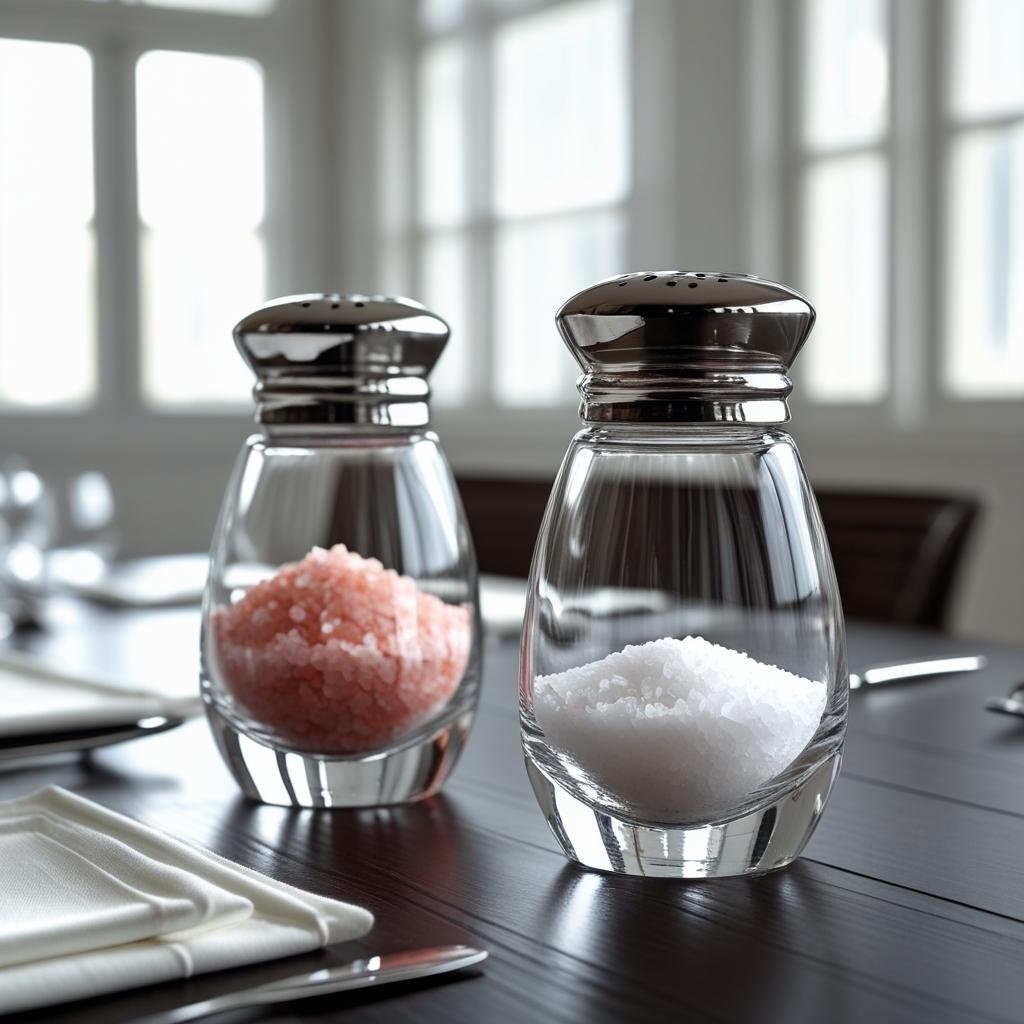
In recent years, pink Himalayan salt has gained popularity as a “healthier” alternative to traditional white table salt. With its appealing color and claims of containing dozens of trace minerals, many people have started replacing white salt entirely with pink salt in their kitchens. But is this switch really better for your health?
While pink salt does offer certain benefits, completely eliminating iodized white salt from your diet can lead to unintended consequences, especially when it comes to thyroid function and brain development. In this blog, we’ll explore the differences between pink salt and white salt, the role of iodine in the body, and why moderation and balance are key.
Understanding the Difference: Pink Salt vs. White Salt
Pink Himalayan salt is mined from ancient sea beds in the Himalayan region. It contains small amounts of minerals like potassium, magnesium, and calcium, which give it its distinctive pink hue. White table salt, on the other hand, is heavily refined and often fortified with iodine, a nutrient essential for thyroid health.
The Role of Iodine in Thyroid and Brain Health
Iodine is a critical nutrient that supports the production of thyroid hormones, which regulate metabolism, growth, and brain development. A deficiency in iodine can lead to:
- Hypothyroidism: Fatigue, weight gain, and hormonal imbalance
- Goiter: Enlargement of the thyroid gland
- Cognitive issues: Impaired brain development, especially in children and pregnant women
White iodized salt has been a major public health tool in preventing iodine deficiency worldwide. When people switch entirely to pink salt, which lacks iodine, they may unknowingly increase their risk of thyroid-related issues.
Why Balance Matters: Use Both Salts in Moderation
Rather than choosing one salt over the other, the best approach is to use both in moderation. Here’s how to strike a healthy balance:
- Use iodized white salt in everyday cooking to ensure adequate iodine intake
- Enjoy pink salt occasionally for its flavor and trace minerals
- Include iodine-rich foods in your diet such as eggs, yogurt, fish, and seaweed
- Avoid excessive salt consumption overall, regardless of type
By understanding the nutritional differences and making informed choices, you can enjoy the benefits of both salts while protecting your long-term health!
